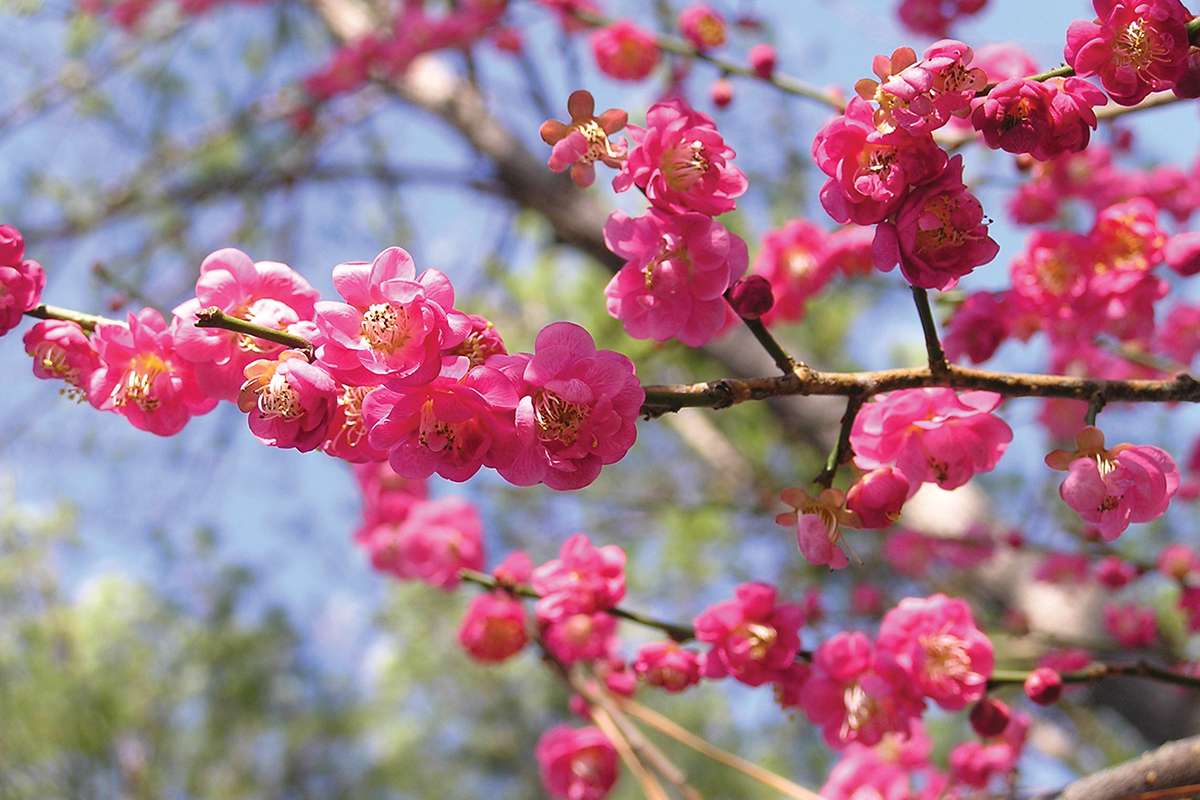Best Flowers for a Scented Garden Experience

Creating a garden filled with delightful fragrances can transform your outdoor space into a sensory retreat. If you’re considering adding some aromatic blooms to your garden, exploring the options available can help you select flowers that will enhance your garden’s ambiance. Professional Gardening Services can assist with designing a fragrant garden, but knowing which flowers to choose will help you get started on your own.
Choosing Scented Flowers
Selecting the right flowers for a scented garden involves considering both the fragrance and the growing conditions of the plants. Here’s a guide to some of the best flowers known for their captivating scents:
Roses
Roses are a classic choice for a scented garden. Their range of fragrances—from sweet and fruity to spicy and musky—makes them versatile for various garden styles.
- Varieties to Consider:
- Damask Roses: Known for their strong, sweet fragrance.
- English Roses: Offer a classic rose scent with a hint of old-fashioned charm.
Lilacs
Lilacs are cherished for their intense, sweet fragrance. They bloom in spring, providing a burst of scent early in the season.
- Popular Varieties:
- Common Lilac (Syringa vulgaris): Offers a traditional lilac scent.
- Miss Kim Lilac: A smaller variety with a slightly spicier fragrance.
Jasmine
Jasmine is renowned for its exotic, sweet aroma. It can be grown as a vine or shrub, making it versatile for different garden layouts.
- Varieties to Consider:
- Star Jasmine (Trachelospermum jasminoides): Known for its strong, sweet scent and evergreen foliage.
- Arabian Jasmine (Jasminum sambac): Produces intensely fragrant white flowers.
Lavender
Lavender is not only valued for its soothing fragrance but also for its ability to attract beneficial insects. It’s ideal for adding a calming scent to your garden.
- Popular Varieties:
- English Lavender (Lavandula angustifolia): Offers a classic lavender scent and is excellent for culinary uses.
- French Lavender (Lavandula dentata): Features a slightly spicier aroma.
Designing Your Scented Garden
When planning a garden centered around fragrance, consider a few key factors to maximize the sensory experience:
Layout and Placement
- Strategic Planting: Place highly fragrant flowers near seating areas or pathways where you can easily enjoy their scent.
- Layering: Combine different heights and types of plants to create layers of fragrance throughout your garden. Taller plants like jasmine can be placed near trellises, while shorter ones like lavender can form borders.
Seasonal Considerations
- Year-Round Aroma: Choose a mix of flowers that bloom at different times of the year. This will ensure your garden offers a continuous scent experience throughout the seasons.
- Winter Interest: Consider adding some evergreen plants or shrubs with aromatic foliage to keep some scent in the garden during winter months.
Care Tips for Fragrant Flowers
Maintaining your scented flowers properly will ensure they continue to thrive and provide pleasant aromas.
Watering and Soil
- Watering: Most fragrant flowers need consistent moisture but avoid waterlogged conditions. Check specific needs for each plant, as some prefer drier soil while others thrive in more moisture-rich environments.
- Soil: Well-drained soil is crucial for preventing root rot. Enrich your soil with compost to provide necessary nutrients.
Pruning and Deadheading
- Pruning: Regular pruning helps maintain plant health and encourages new growth. Remove dead or diseased branches to keep the plant vigorous.
- Deadheading: Remove spent flowers to encourage more blooms and extend the flowering period.
Fertilizing
- Balanced Fertilizer: Use a balanced fertilizer to support healthy growth and blooming. Follow the instructions for application rates and timing to avoid over-fertilizing.
Pest and Disease Control
- Regular Checks: Inspect plants regularly for signs of pests or diseases. Early detection and treatment can prevent serious damage.
- Natural Remedies: Use natural pest control methods, such as neem oil or insecticidal soap, to manage common issues without harming beneficial insects.
Enhancing the Scented Experience
To further enhance your scented garden experience, consider integrating additional sensory elements:
Outdoor Seating
- Comfortable Spaces: Create inviting seating areas where you can relax and enjoy the fragrance of your garden. Use comfortable chairs or benches and add cushions for a cozy touch.
Lighting
- Soft Lighting: Install soft garden lighting to highlight your plants in the evening. This creates a magical atmosphere that complements the scents of your flowers.
Complementary Scents
- Herbs and Foliage: Include aromatic herbs like mint or rosemary, which can add additional layers of fragrance and be used in cooking.
Conclusion
Building a garden that is rich in fragrance involves careful selection and planning. By choosing a variety of scented flowers, positioning them thoughtfully, and providing proper care, you can create an outdoor space that delights the senses. Whether you’re looking to enjoy a calming retreat or a vibrant, fragrant display, these tips will help you cultivate a garden that’s as pleasant to the nose as it is to the eyes.